Apple HomePod mini vs HomePod: specs, price and features compared
How do Apple's two HomePods compare?
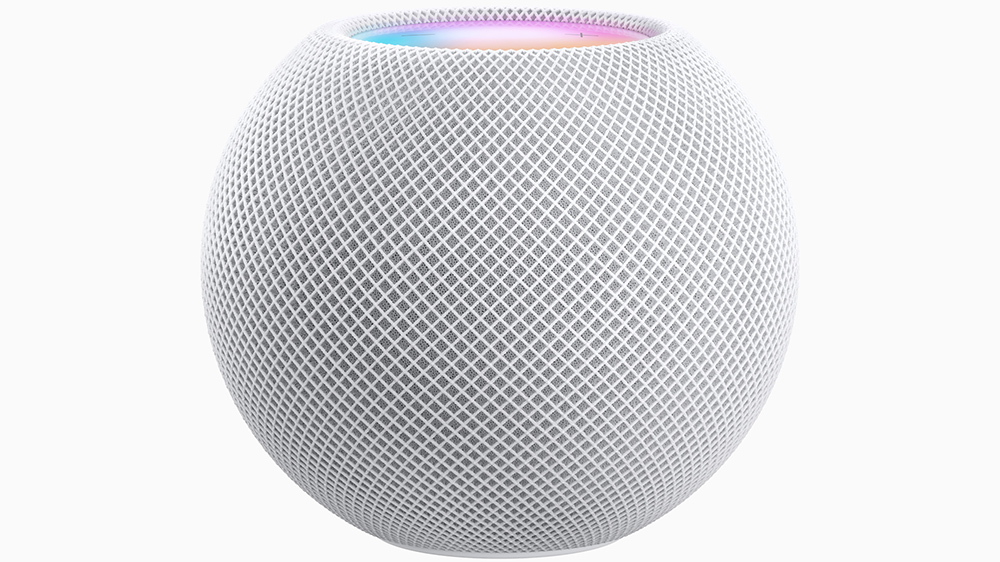
It's been all change for Apple's HomePod range of smart speakers lately. First, at the end of last year, Apple launched the HomePod min, a smaller, more affordable take on the company's original HomePod. Then in March, Apple killed off the HomePod, leaving just the HomePod mini as its sole smart speaker.
Where does that leave us? You can still buy the original HomePod (at time of writing, Apple was still selling the white version while stocks last), and Apple is likely to continue to support it for some time yet. But should you? After all, Apple has made clear that the HomePod mini is the future.
How does the smaller sibling compare to the big daddy of the family? Here we'll run down every detail of the new speaker, comparing it to the HomePod so you can see how the two Siri-powered devices stack up in terms of features, spec and audio quality.
Ready to choose between two brilliant smart speakers? Let's begin...
- Our pick of the best smart speakers for all budgets
Apple HomePod vs HomePod mini: price
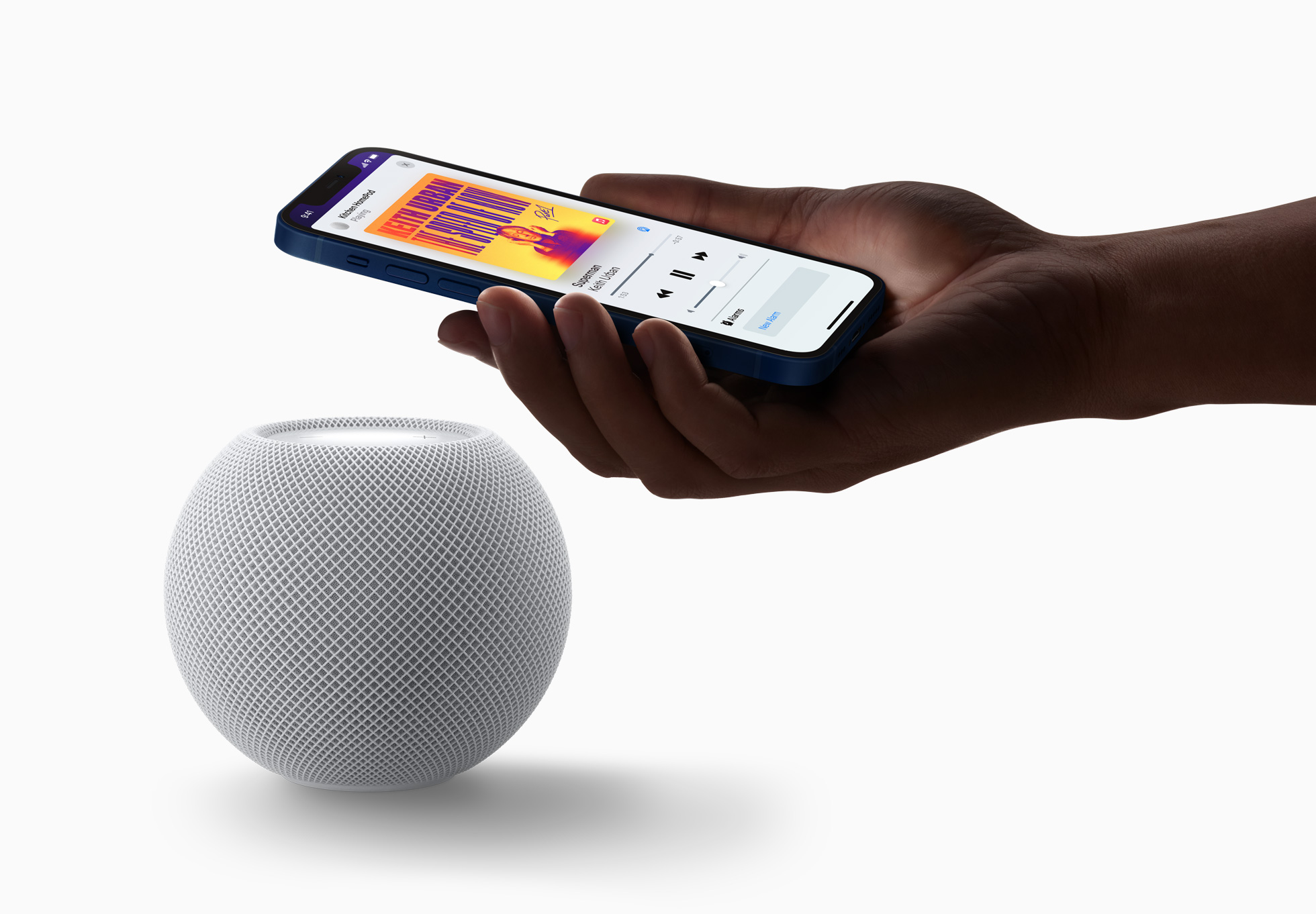
Costing £270 ($300), down from its launch price of £319 ($350), the original HomePod is one of the pricier smart speakers around. It's considerably more than even the more-premium-than-most Sonos One (although it does manage to justify its price tag).
The HomePod mini is a very different proposition, however, priced very competitively indeed. It will set you back just £99 ($99) – that's a lot more in line with the Amazon Echos and Google Homes of this world.
Many smart speakers are regularly discounted and even bundled free with other products, but don't expect the same of HomePod and HomePod mini. That said, if there's a rare discount to be had it's sure to be listed on our best HomePod and HomePod mini deals page. You never know, some places might want to get rid of their HomePod stock cheap to make way for more current products.
**Winner: HomePod mini**
Apple HomePod vs HomePod mini: design
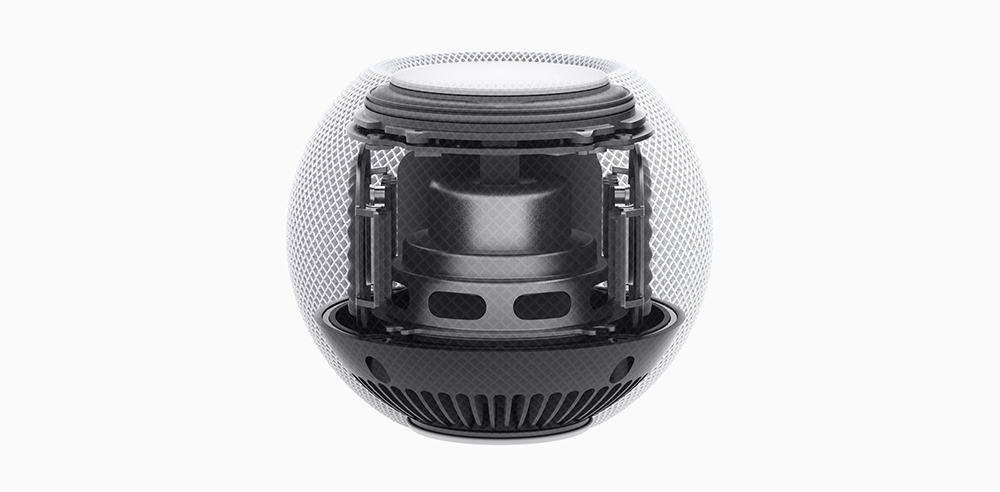
As the name implies, the main difference between the two devices is the size. Standing just under 8.5cm tall, HomePod mini is less than half the height of the standard HomePod. It very much shares its sibling's design DNA, but in the same breath it also looks quite different.
It is actually cylindrical, just like the HomePod, but because it's stumpier it looks like a ball with the top and bottom sections cut off. Dare we say, it looks rather like the Amazon Echo (4th Gen).
There are no physical buttons on the HomePod Mini. When the top panel is lit, it reveals otherwise near-invisible plus and minus volume controls while a a long press activates Siri to listening mode. Like it's older sibling, the HomePod mini is designed as a hands-off affair.
The capsule-like HomePod's taller stature makes it look much more like a traditional smart speaker. Both share the same acoustically transparent mesh fabric cover, same 'buttons on the top' controls, and same 'floating ball of light' animation when personal assistant Siri is summoned.
Both speakers are well-crafted and share the same sleek design language. Which design you go for really depends on how much oomph you want, how much space you have and your budget.
**Winner: draw**
- Smart speaker face-off: Sonos One vs Apple HomePod
Apple HomePod vs HomePod mini: features
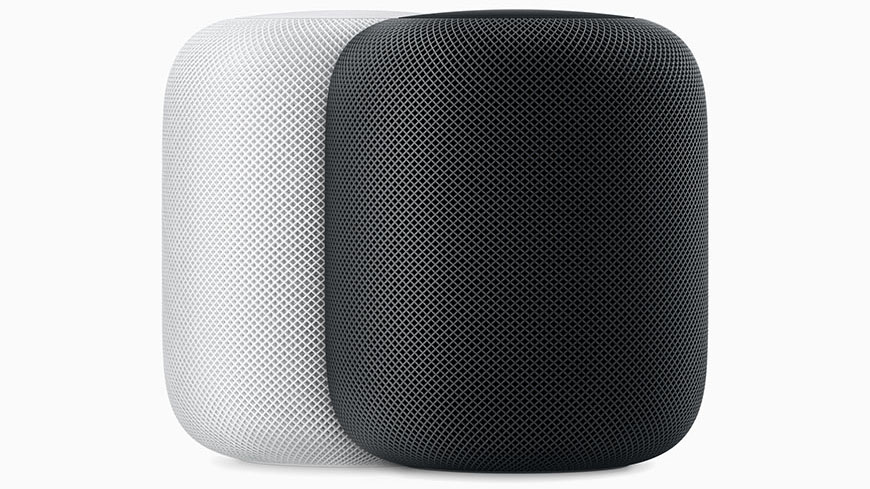
So what can HomePod mini do? Quite a lot, actually.
Naturally it can stream music, radio, podcasts and more from all the major services like Apple Music, iHeartRadio, TuneIn and Amazon Music (though this last one is coming soon). It recently added support for Deezer voice controls, too. Multiple HomePod minis can work together to create a multi-room system, or two in the same room can provide stereo sound. Siri comes on board for voice controls, giving you news, weather and appointment updates, and for controlling other smart home devices like lights and thermostats.
As with the HomePod, bringing your phone close to your HomePod mini can make it take over playing duties – handy when you come in after a hard day and want your tunes to fill your room, not just your ears. Both speakers now support AirPlay 2 and Siri features a sleep timer than plays you ambient sounds like rain or a fireplace to help you nod off.
A new intercom system also lets you send voice messages to other HomePod speakers. That function works with other Apple devices too, like iPhones, iPads and Apple CarPlay, so you can send messages and respond to them wherever you are.
In short, the two HomePods are pretty identical in features – that's the beauty of a smart ecosystem, after all.
The only real difference is the HomePod mini's U1 ultra-wideband chip (also found in the iPhone 11 and newer), which adds extra room-sensing and data-transfer abilities. Personalised listening suggestions appear on your iPhone when it's near your HomePod mini, and controls will show up on screen without you having to unlock the handset. Smart.
**Winner: draw**
- Make magic happen: 23 Apple HomePod tips, tricks and features
Apple HomePod vs HomePod mini: sound quality
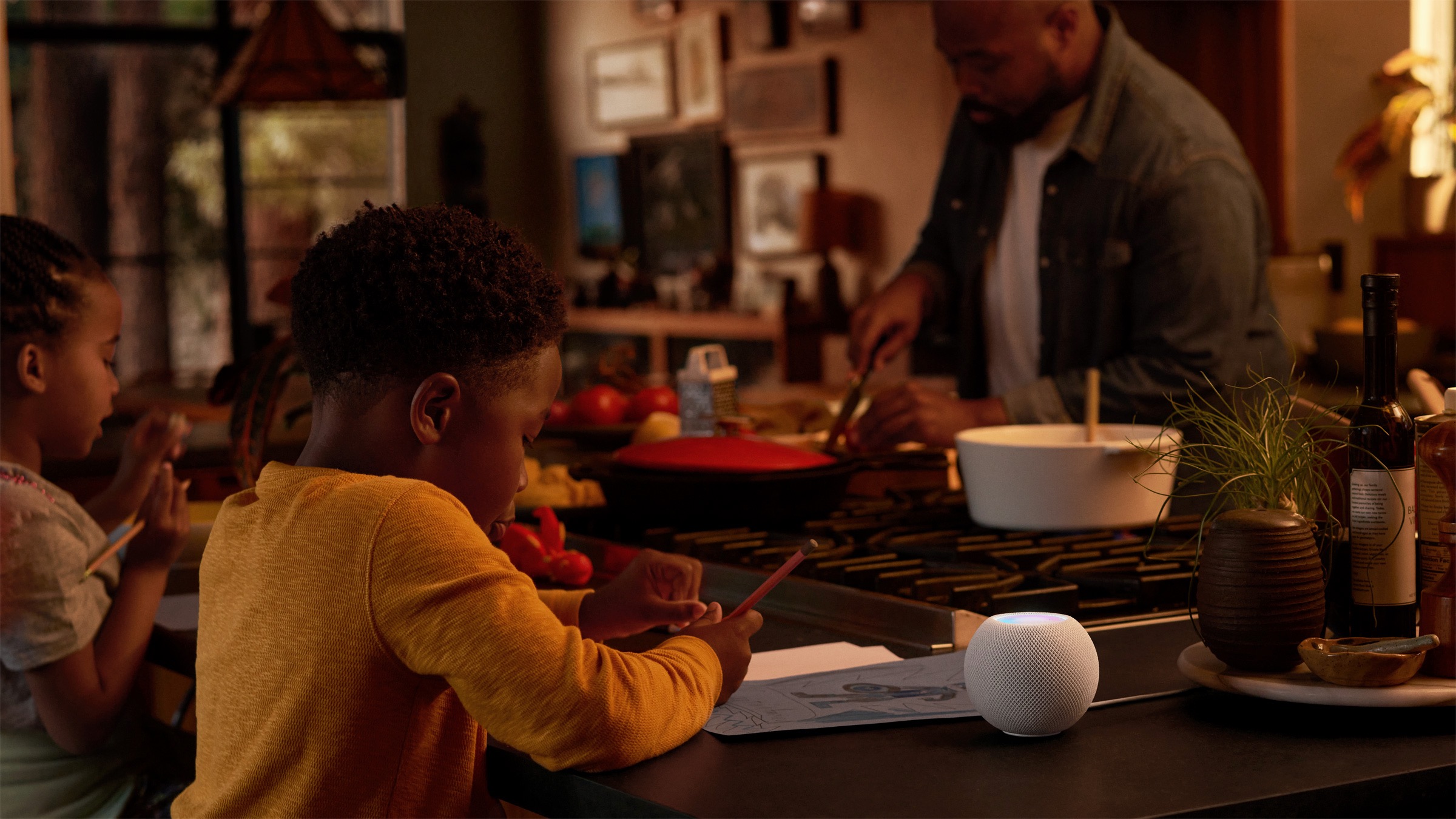
We absolutely love the sound of the standard HomePod. In fact, we went so far as to call it "the best-sounding smart speaker you can buy" in our 2018 review. Despite stiff competition, it remains sonically superior in its class.
It has an expressive bottom end which, while impressive, never threatens to overpower a track. If you were worried Apple might be going a bit too Beats-like in its approach, we're pleased to say your worries are unfounded.
Add to that an expertly judged treble and solid midrange, and you've got a superb smart speaker. All of which makes it even more of a travesty that Apple has canned it.
As you might guess, the HomePod mini has much less oomph compared to the full-size HomePod. And yet it quickly becomes apparent that the HomePod Mini comfortably outperforms its size and price. It goes much louder than expected – even 75 per cent volume is louder than we imagine most people will regularly want to go in an average-sized living room – and all without straining.
Apple claims its S5 chip in the HomePod mini analyses the music you play and applies audio processing to optimise loudness, adjust the dynamic range and control the movement of the driver and passive radiators in real time. This, Apple claims, allows it to deliver a big sound from such a small device.
Like the original HomePod, the Mini has an innate ability to get to the core of a track, delivering it as faithfully as its stature allows. That’s a rare ability, particularly for a smart speaker at this price – and it comfortably outperforms the Amazon Echo 4th Generation.
All in all, both speakers serve up impressive 360-degree sound and can be put almost anywhere in the room. There's no doubt the HomePod has a little more authority but the HomePod Mini is fantastic value – especially when you consider you can buy a stereo pair for less than the price of a HomePod.
**Winner: draw**
Apple HomePod vs HomePod mini: verdict
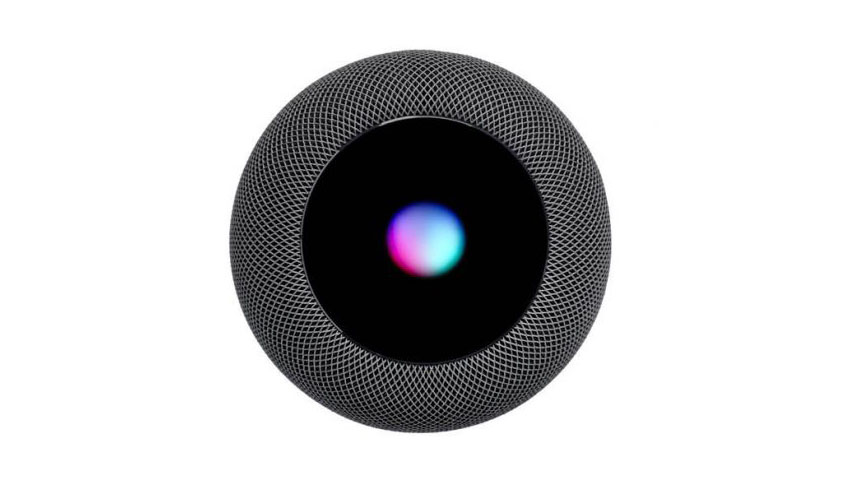
You'll need to be a dedicated Apple user, ideally with an Apple Music subscription, to make the most of these speakers. But if that's you, you're in for a treat.
The Apple HomePod combines a weighty sound and a classy design with Siri's DJ skills to great effect. Despite now being discontinued, it remains a top buy and one of the finest smart speakers for those who care about music quality, if not future-proofing their setup.
The cheaper Apple HomePod mini is, if anything, even more impressive for a speaker of this size and price. Its audio performance is startlingly natural and engaging. It’s also affordable enough to be bought in quantity, small enough to be placed in any room of the house and shares the same Siri smart skills as its pricier sibling.
Both models have their strengths but we think the newer model, the HomePod mini, offers more bang for your buck.
MORE:
Read our full Apple HomePod and Apple HomePod mini reviews
Browse our comprehensive list of the best smart speakers
More of Amazon fan? Here are the best Alexa speakers around
Get the What Hi-Fi? Newsletter
The latest hi-fi, home cinema and tech news, reviews, buying advice and deals, direct to your inbox.
What Hi-Fi?, founded in 1976, is the world's leading independent guide to buying and owning hi-fi and home entertainment products. Our comprehensive tests help you buy the very best for your money, with our advice sections giving you step-by-step information on how to get even more from your music and movies. Everything is tested by our dedicated team of in-house reviewers in our custom-built test rooms in London, Reading and Bath. Our coveted five-star rating and Awards are recognised all over the world as the ultimate seal of approval, so you can buy with absolute confidence.

